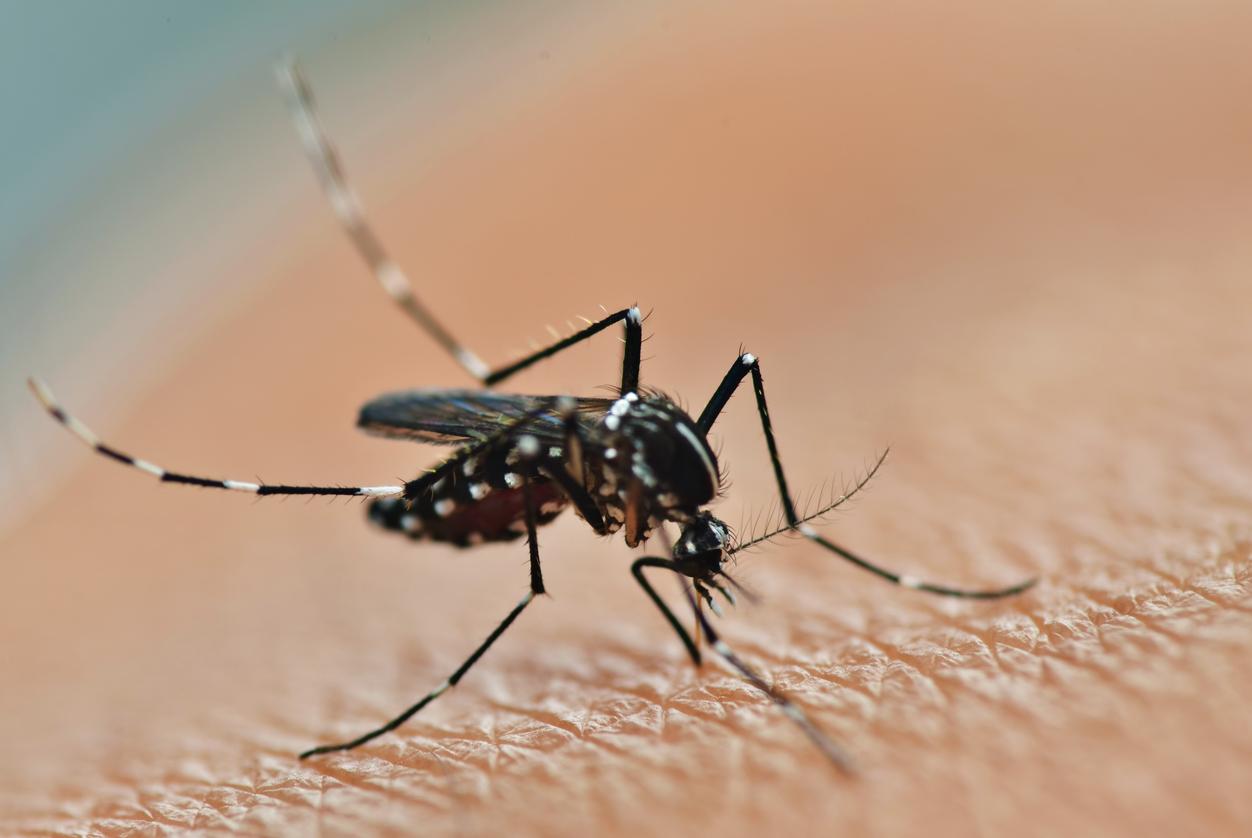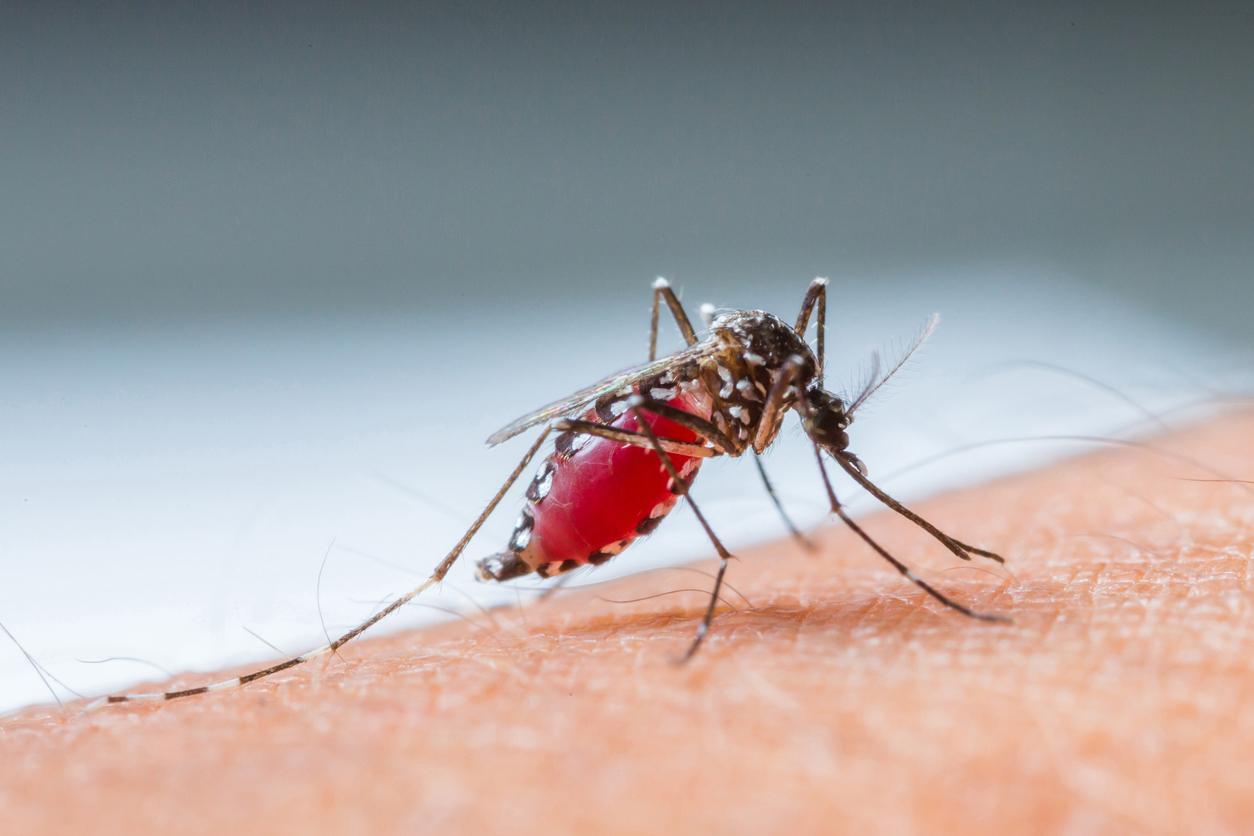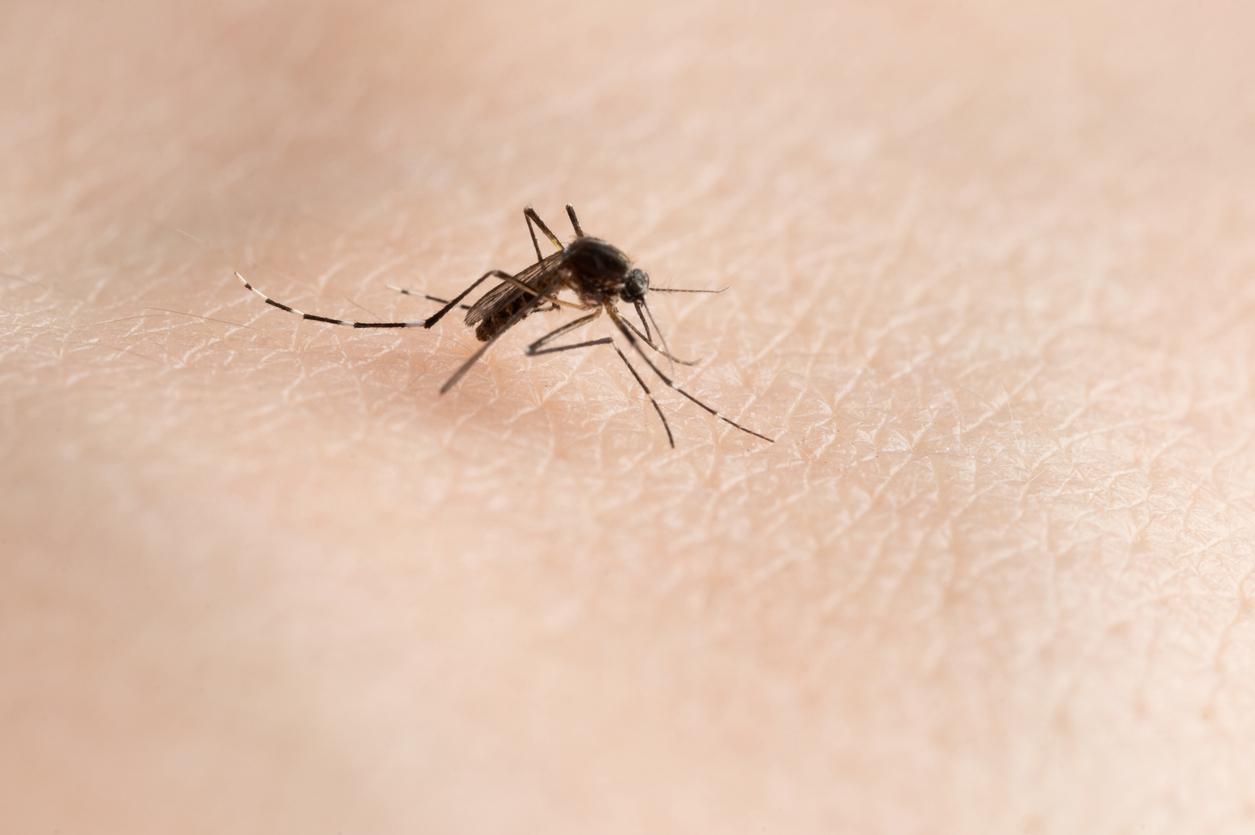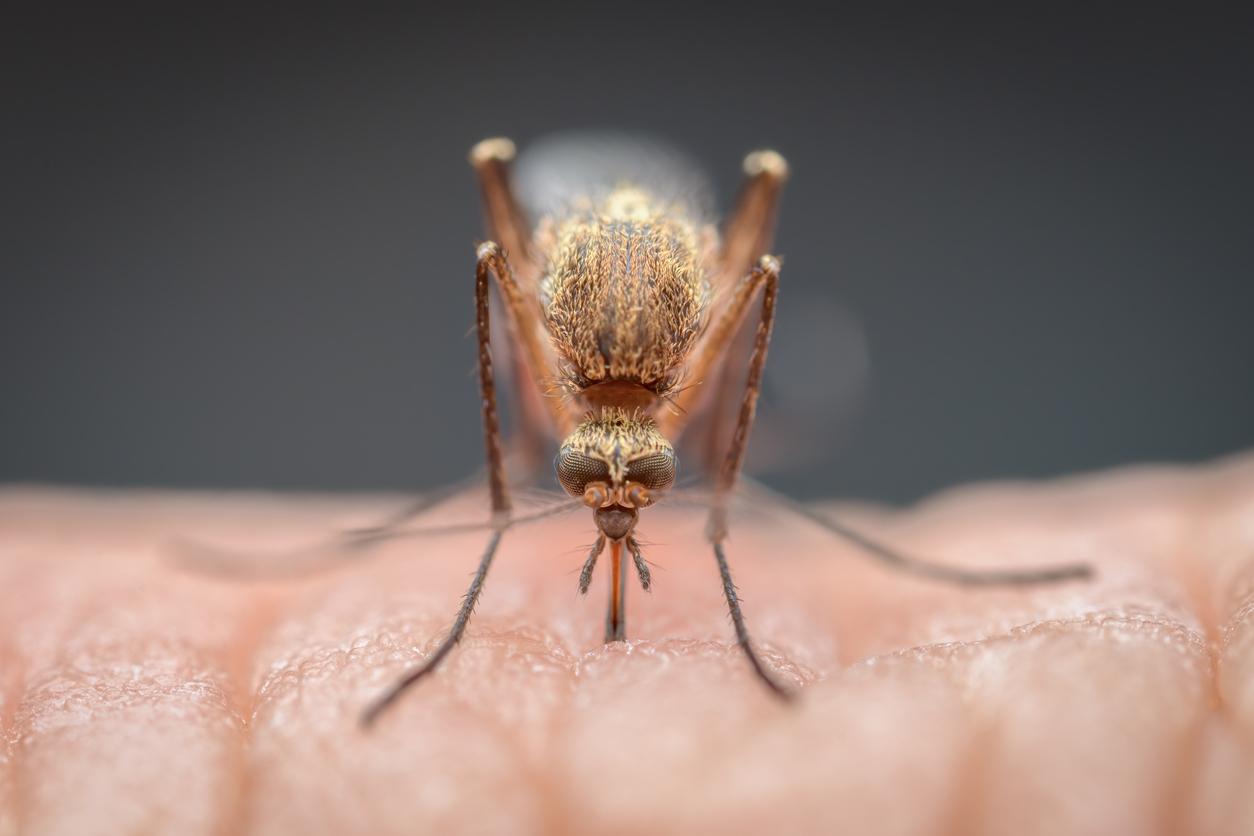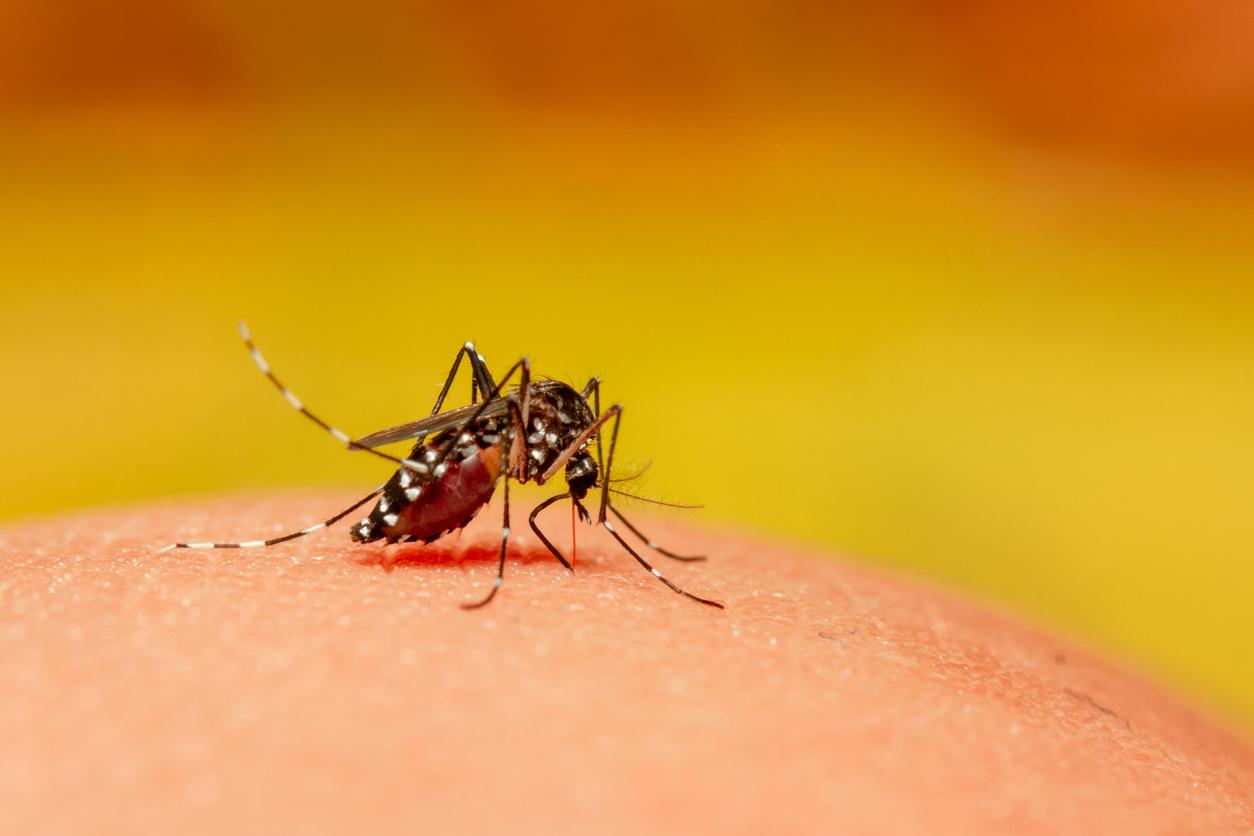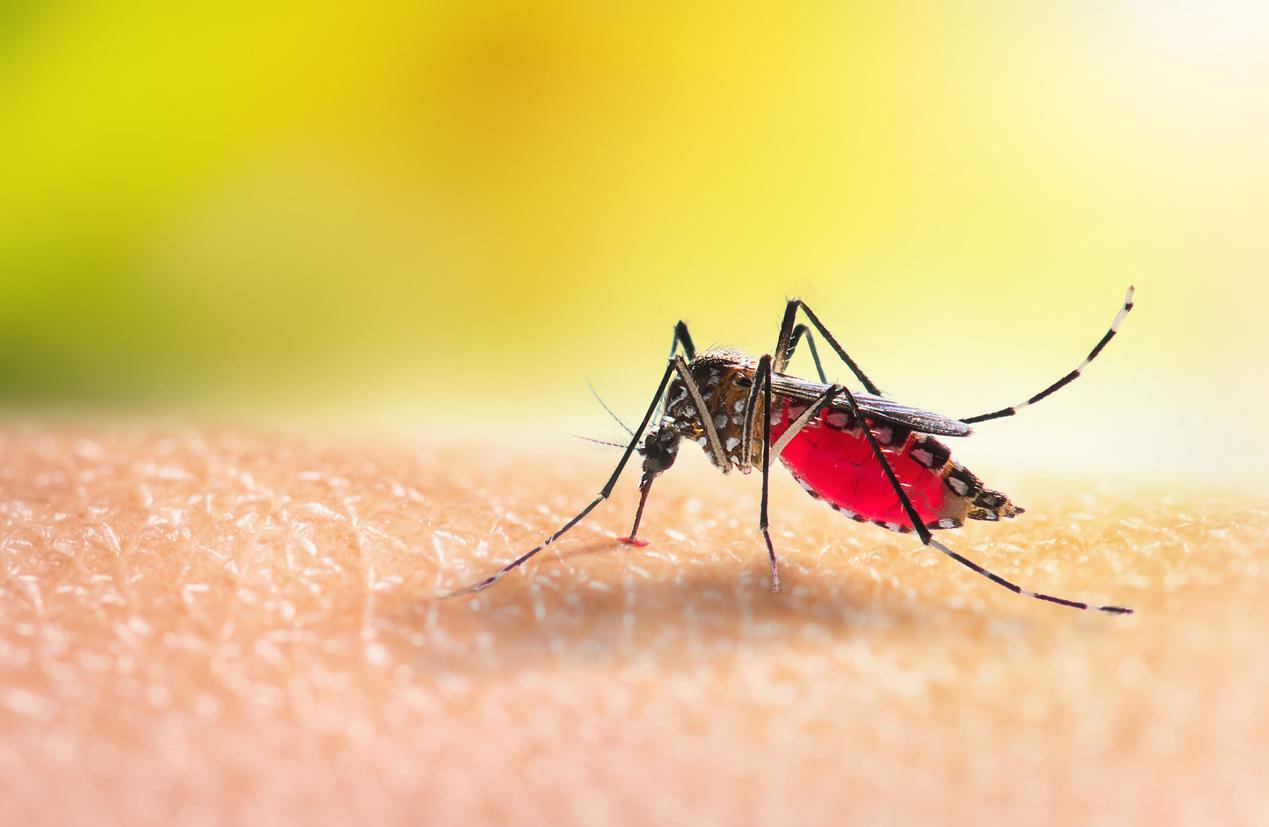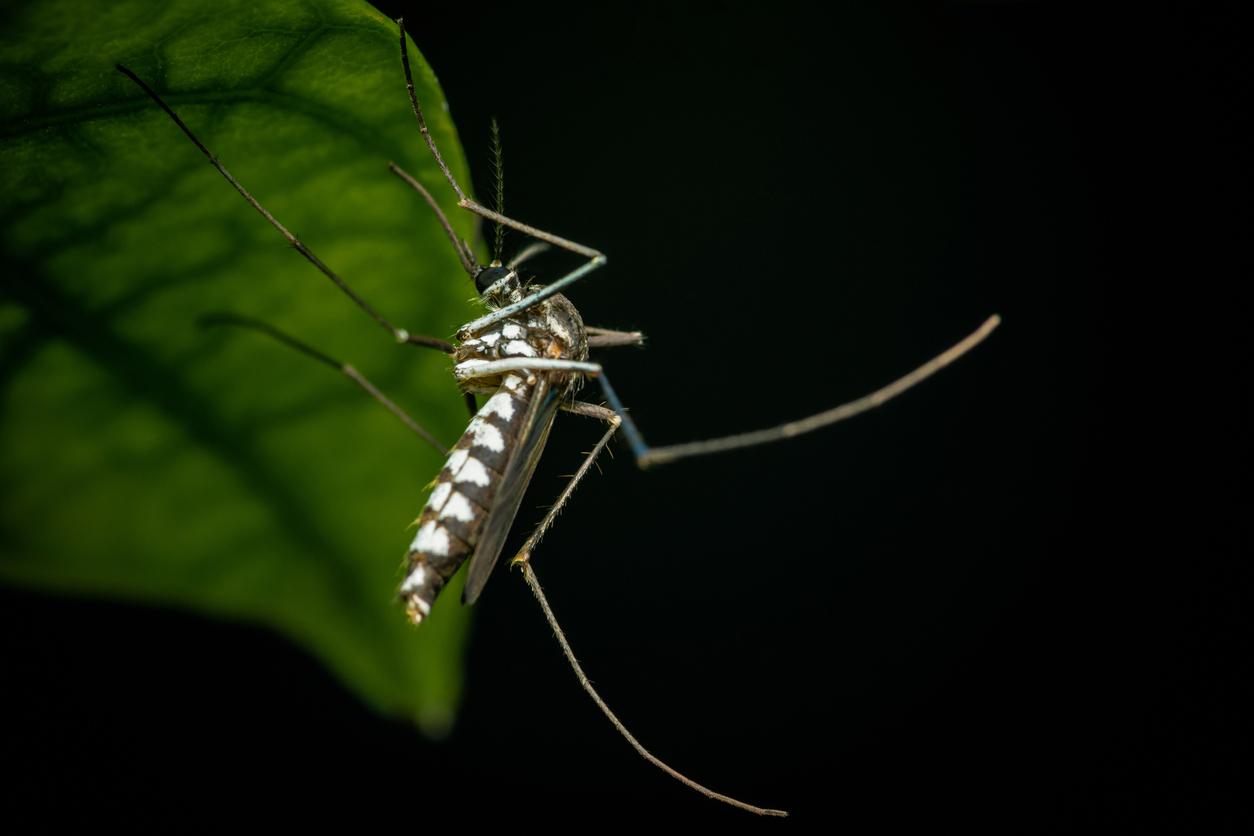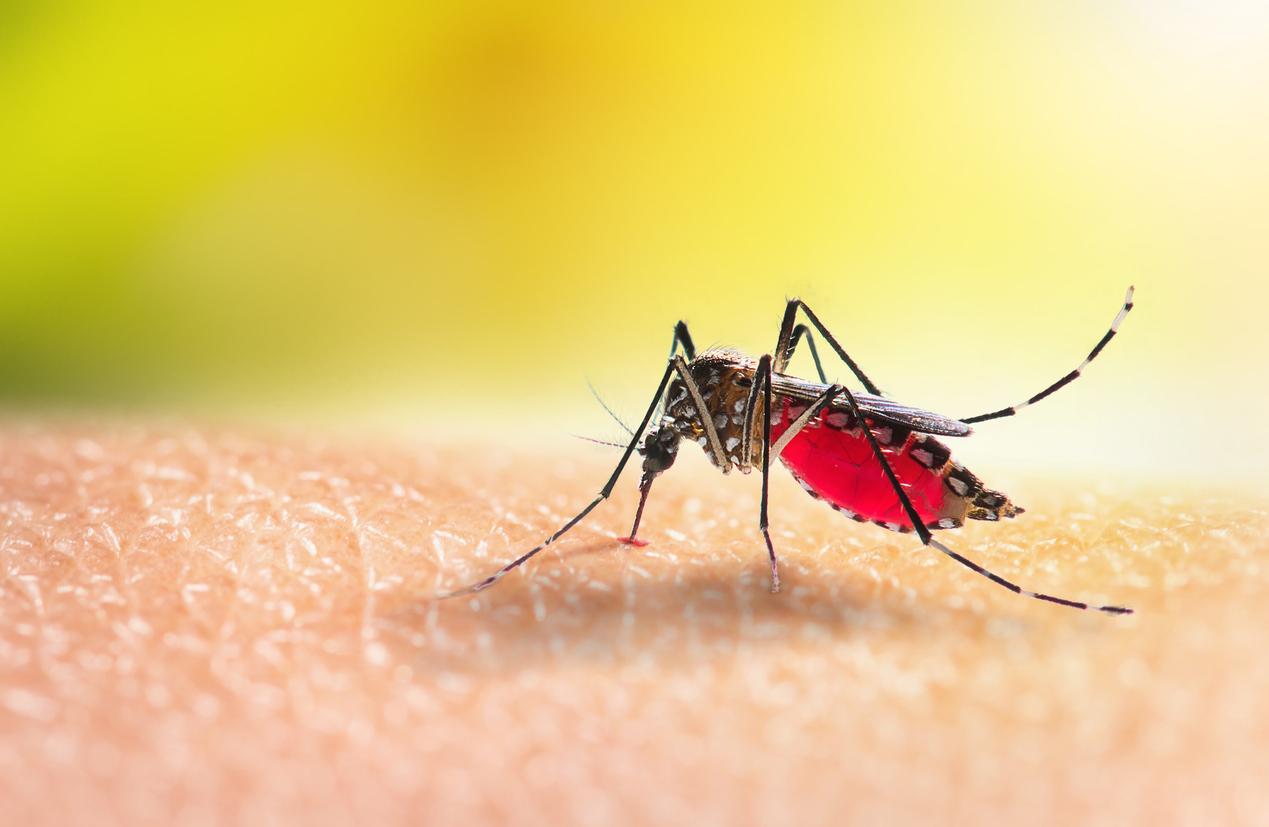Dengue fever, an infection transmitted to humans through the bite of infected tiger mosquitoes, could become a significant threat to southern Europe as well as the southern United States and new parts of Africa this decade , according to the WHO, in particular because of global warming.
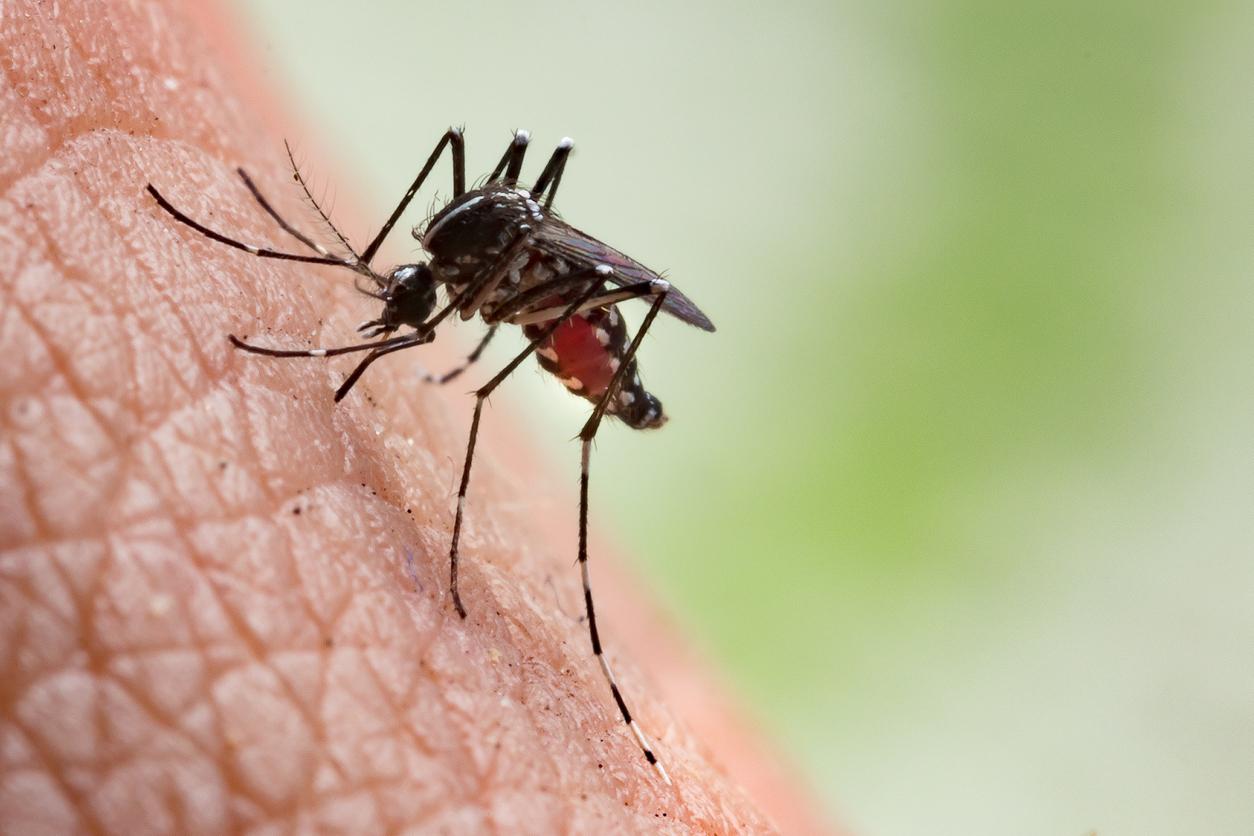
- Dengue could spread to more geographic areas like the southern United States, southern Europe and Africa.
- This is partly due to global warming as rising temperatures allow tiger mosquitoes to live in these areas.
- According to the WHO, countries must prepare to deal with this disease.
“We need to talk about dengue much more proactively, explain Jeremy Farrar, chief scientist at the World Health Organization (WHO)has Reuters. We really need to prepare countries to deal with the additional pressure that will come to bear in many, many large cities in the future.”
Dengue: global warming benefits the mosquitoes and disease
Dengue is a tropical infection caused by the dengue virus (DENV) and transmitted to humans through the bite of infected tiger mosquitoes. But the health authority is worried. Since 2000, theThe incidence rates of the disease have already increased eightfold and there are more and more indigenous cases in non-endemic areas. One of the main reasons for this strong progression, according to Jeremy Farrar? Rising temperatures due to global warming make certain regions more viable for mosquitoes and therefore more conducive to the transmission of dengue. For the expert, the regions most at risk of recording an increase in indigenous cases of dengue fever are the southern United States, southern Europe and certain African countries.
“Clinical care is truly intensive and requires a high ratio of nurses to patients, develops Jeremy Farrar. I am really concerned to see this problem growing in sub-Saharan Africa.”
Since mid-August, Martinique and Guadeloupe have been in the epidemic phase of dengue. Over the past 15 days, 3 people, including a 9-year-old boy, have died from the disease in Martinique.
Dengue: two and a half billion people at risk
In 2010, the first 2 indigenous cases of dengue were recorded in 2010 in Europe. Almost ten years later, in 2019, the tiger mosquito, vector of the infection, was established in 51 French departments. It is this strong presence of the insect which increases the potential risks of epidemics in the years to come. According to the Pasteur Institutetwo and a half billion people today live in risk areas.
Dengue symptoms usually appear 4 to 10 days after infection and last 2 to 7 days. It’s about :
- a high fever;
- intense headaches;
- nausea;
- vomiting;
- muscle and joint pain;
- swelling of the lymph nodes;
- skin rashes.
The WHO says that most sufferers have mild symptoms or are asymptomatic and recover within 1 to 2 weeks. But in rare cases, dengue can be serious and cause death.
To limit the risk of being affected by dengue fever, you must protect yourself from mosquito bites and limit areas of stagnant water near your home, which are favored places for these insects to reproduce.










